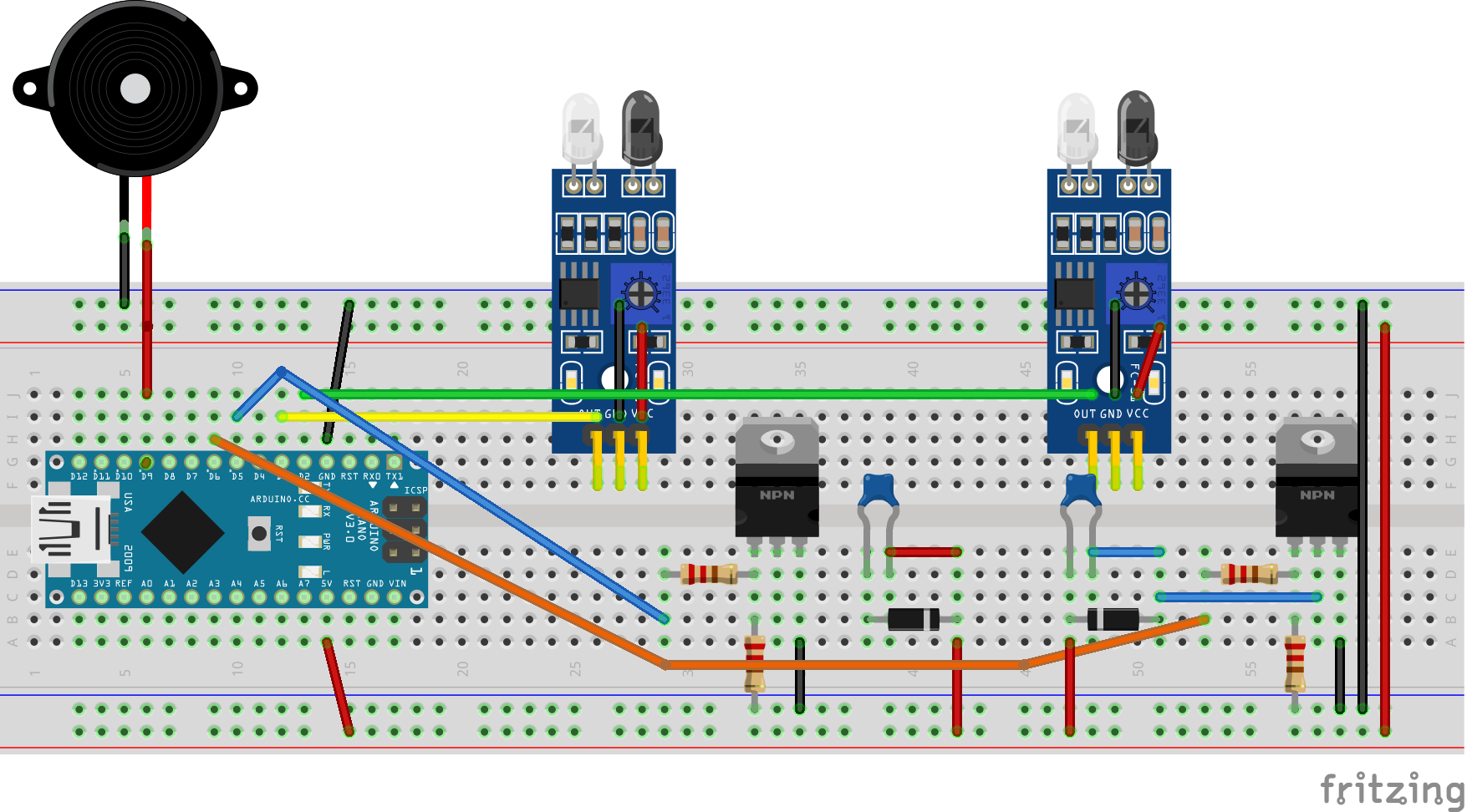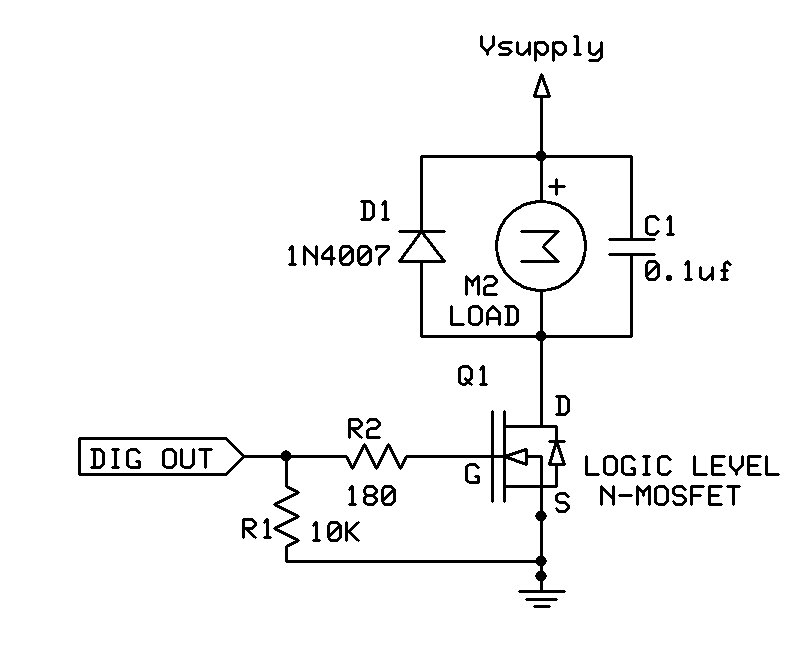The contest "The COVID-19 Detect & Protect Challenge" is a very important occasion to do something useful in this terrible situation.
IntroductionWhat I wanted to create is a system that can mix two different fluids by varying the relative quantity of one with respect to the other simply by approaching an infrared proximity sensor, without having to physically touch any button or switch.
We know that COVID 19 can stay on surfaces for a few hours. If we use devices that can be controlled without making any physical contact, we can avoid the probability of being infected.
This circuit can be easily adapted to any situation in which there is a need for a control button, for example in elevators, machine tools, numeric keypads in ATMs, etc.
As I am a teacher, I took advantage of the opportunity to have the opportunity to use a very useful technology, PWM modulation, to regulate the speed of two electric motors, in this case, two small hydraulic pumps used in aquariums.
The circuit I made applies touchless technology to the control of the delivery of two fluids. It could be used to manage the temperature of a shower without having to touch any lever or button.
The circuitTo implement this project I used very few electronic components and a few dozen lines of code.
The brain consists of an Arduino Nano which manages the input sensors and drives both a buzzer and two pumps.
As a proximity sensor, I used a very easy to use IR proximity sensor. It consists of a pair of LEDs, one emitter and one receiver which allow obstacles up to a few centimeters to be detected. It is equipped with 3 terminals, Vcc, GND, and 0UTPUT.
The emitter LED lights up with IR light, invisible to the human eye, and, when an obstacle is present near the sensor, partially reflects the IR light, which is detected by the IR sensor and triggers a comparator, bringing the output to the state "HIGH".
The Arduino Nano performs the task of checking the state of the sensors (HOT and COLD) at each execution cycle and performs these operations:
- If there is an obstacle near the HOT sensor, for example, a finger, it increases the width of the square wave of output, consequently increasing the delivery of the hot water pump;
- If there is an obstacle near the COLD sensor, for example, a finger, the width of the square wave at the output decreases, consequently decreasing the delivery of the hot water pump; The pump that manages cold water has a complementary behavior to that of hot water: it will have the maximum delivery of water when the hot water is at a minimum and vice versa. In this way, the total quantity of water remains almost constant at the outlet.
- When both sensors detect an obstacle, the flow of water from both pumps is reset, "closing the tap".
Pulse Width Modulation is a digital modulation in which the width of an output square wave (PWM modulated signal) is proportional to the amplitude of the input signal (modulating signal).
In practice, the digital output signal will always have the same period but a duty cycle which depends on the amplitude of the input signal. This modulation is very simple to carry out with an electronic circuit and Arduino carries it out simply with a line of code.
It is a modulation used to vary the power dissipated by resistive loads or the speed of electric motors.
The Arduino Nano PWM modulator has a resolution of 256 levels but can only deliver a few mA and can, therefore, be used only for devices that absorb small current intensities, for example, to vary the brightness of an LED.
For this reason, since we need to drive a load with higher current consumption and moreover an inductive load, we used a small driver stage powered by an external 5V power supply, to avoid overloading the Arduino Nano, and which uses a power MOSFET as the active device.























Comments
Please log in or sign up to comment.